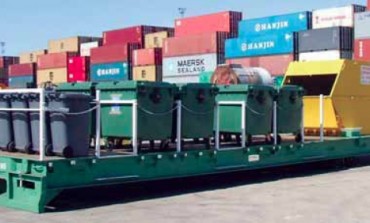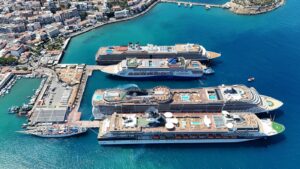The present legislative framework ensuring a consistent reduction in marine pollution by requiring provision of adequate waste reception facilities in all EU ports, including recreational ports and marinas, is established in Directive 2000/59/EC. It also provides instruments to ensure that all ships visiting EU ports deliver their waste to these facilities before their departure from them.
The Directive has recently been evaluated. The objective of the evaluation is a comprehensive overview of the functioning of the Directive and an assessment of effectiveness and efficiency. The evaluation should point out problem areas, which could be addressed in a possible review of the Directive to improve and simplify the legislative framework and reduce regulatory costs.
The final REFIT evaluation report has been published and the Commission is undertaking the following action to respond to the shortcomings identified:
– Annex II of the Directive (waste notification) has been revised to incorporate the new garbage categorisation in Annex V MARPOL, as well as to include the reporting on the waste deliveries in the previous port of call (Directive 2015/2087/EU);
– EMSA has been asked to develop a system to achieve an effective exchange of information between Member States and effective monitoring and enforcement of the Directive, building as much as possible on existing reporting and information exchange systems, in particular SafeSeaNet and THETIS;
– The Commission has developed a set of interpretative guidelines, providing clarification of certain key concepts, in order to further harmonise practices in Member States. The guidelines will be complemented by technical recommendations developed by EMSA.
The Commission has launched an Impact Assessment to address the need for a legislative revision of the Directive regarding the more fundamental issues and current inconsistencies.
|
The overall objective of the Directive on port reception facilities is to “reduce the discharges of ship-generated wastes and cargo residues into the sea, especially illegal discharges, from ships using ports in the Community, by improving the availability and use of port reception facilities“. To achieve this goal, the specific policy objectives of this initiative can be defined as follows:
|




